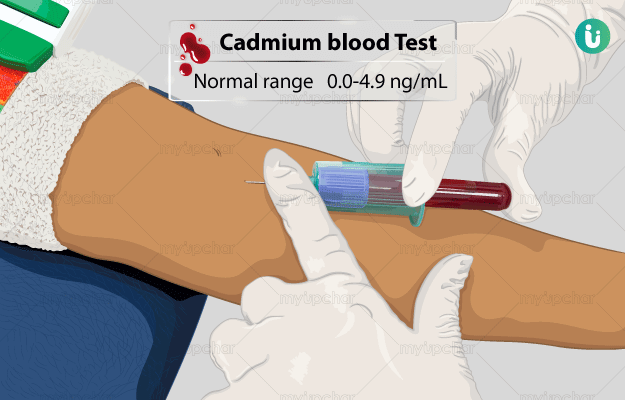What is a CDB (Cadmium Blood) test?
Cadmium is a heavy metal that is often produced during the smelting of other metals such as zinc and lead. It can also be found in the batteries of mobile phones and other items such as fertilisers, paints, plastics, cigarettes.
Exposure to cadmium can cause flu-like symptoms and symptoms of the respiratory and gastrointestinal systems in the short term. Long-term exposure to this heavy metal can cause serious damage to the kidneys, lungs and bones. A cadmium blood test is mainly done to look for acute cadmium toxicity.
Occupations which increase the risk of cadmium exposure include:
- Battery manufacturing
- Smelting of metals
- Mining work
- Textile work
- Jewellery making
- Stained glass window making
- Solid waste recovery (municipality)
- Jobs requiring welding and soldering
- Manufacturing of cadmium alloys
- Manufacturing of paints and plastics which contain cadmium
Soils treated with cadmium containing fertilisers and vegetables grown in contaminated soils are two other ways your body may be exposed to this heavy metal.
































